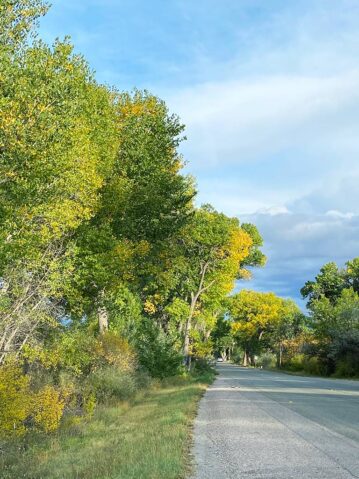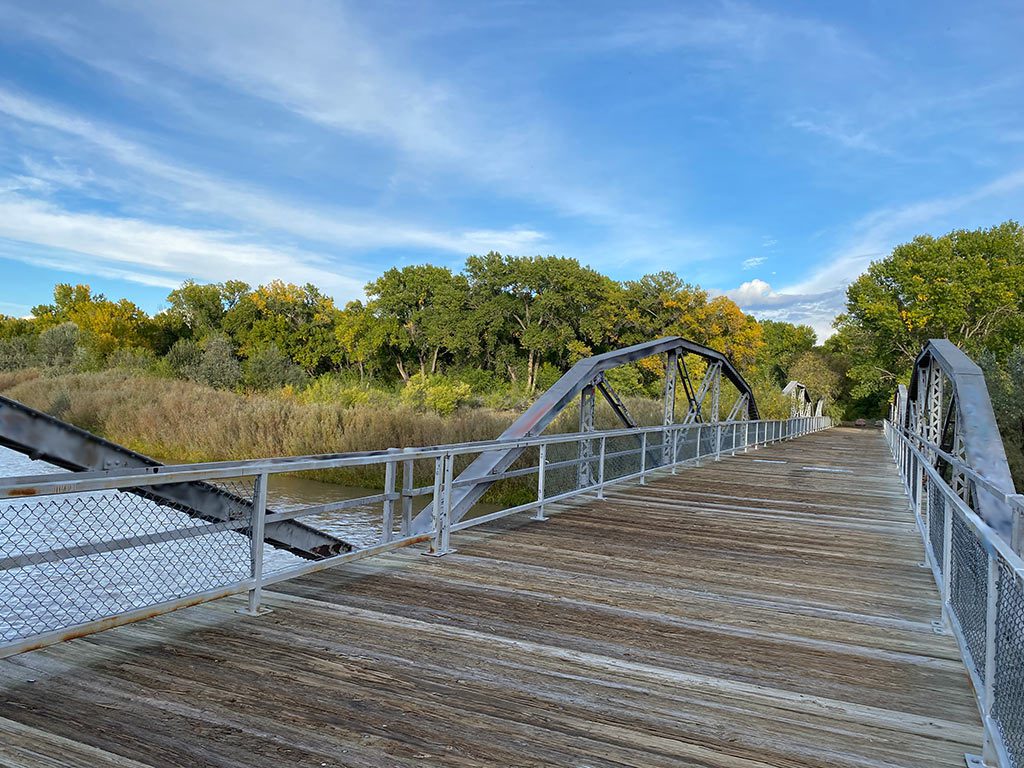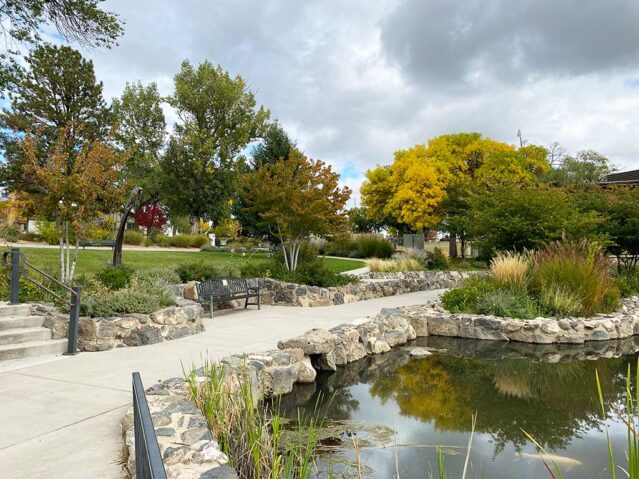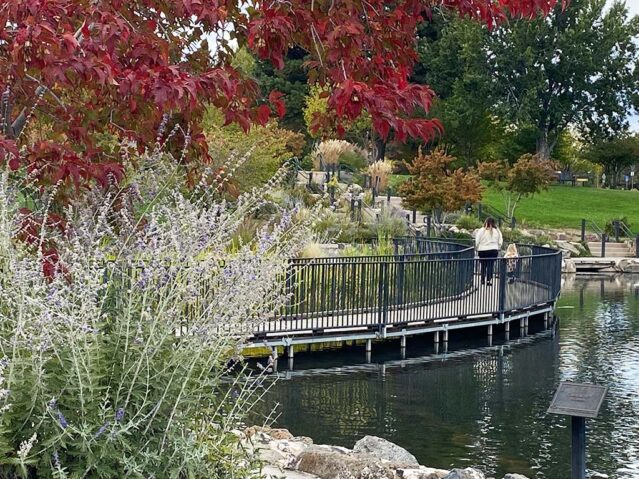
Cottonwoods near the Rio Grande in Northern New Mexico are starting to change from green to yellow as fall arrives.
I love this time of year. The arrival of fall brings with it all sorts of simple joys: wearing comfy sweaters again, being warmed by a cup of Irish tea in the morning, and the knowledge that Halloween is on the horizon. Fall is a feeling, not just a season. There is something in the air that I can’t quite put into words, but the telltale yellow that begins to color the leaves of the cottonwoods by the river is a clear signal fall is here. When I see those trees, it’s official: my season has arrived.
While the onset of fall may find many heading far out into the woods to appreciate the changing colors of the season, some of us see the trees through a different light. I don’t consider myself a “traditional environmentalist.” I don’t like going out into the wild, hikes feel like torture, and camping? Forget about it. But over time, I’ve learned there are so many misperceptions of how someone should enjoy nature. You don’t have to be out in wilderness to actually enjoy being among the trees. It really can be as simple as stopping on the way to town to appreciate those giant, age-old trees that are beginning to change with the season and the climate.
Perhaps, like me, spending a day wandering around your nearest national forest isn’t really your thing. You might not be within driving distance of a major forest at all. For anyone who thinks their relationship to the outdoors doesn’t fit the mold, it’s important to remember that no matter how you go about it, nature is for all of us, and our communities need trees. There are still ways to connect with the small pieces of nature around us, and we can all do a bit more to protect the trees and green spaces for all of us, including those who live in cities and rarely get out in the wild.
Nearly 80 percent of the population in the Lower 48 states lives in urban areas. And urban forests, which contain about 3.8 billion trees nationwide, create an abundance of positive impact. Areas with greater green spaces have been shown to have lower overall crime rates. Social interaction between adults and children is strengthened. Even just having a view of nature can reduce the body’s stress responses.
Whether we’re in a forest or a city, trees make our everyday life better.
So no matter where you live, or how you choose to connect with the world outside—heading to the park for an afternoon, driving on a windy road in the woods to peep at the leaves, or admiring fall foliage from the kitchen window—remember there is no right or wrong way to love a tree. The important thing is simply that we take the time to appreciate and respect the role trees play in nature and in the lives of humans.


